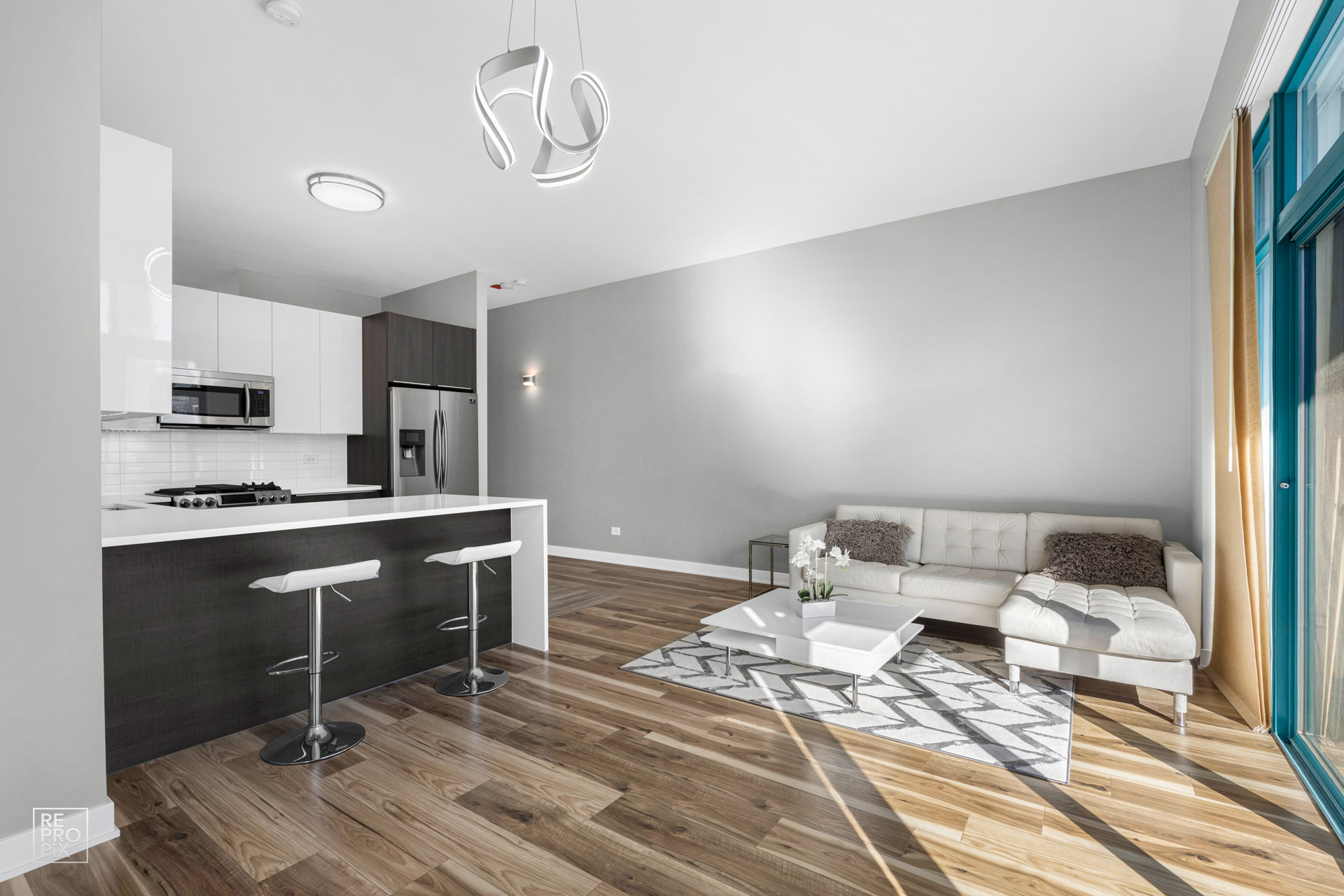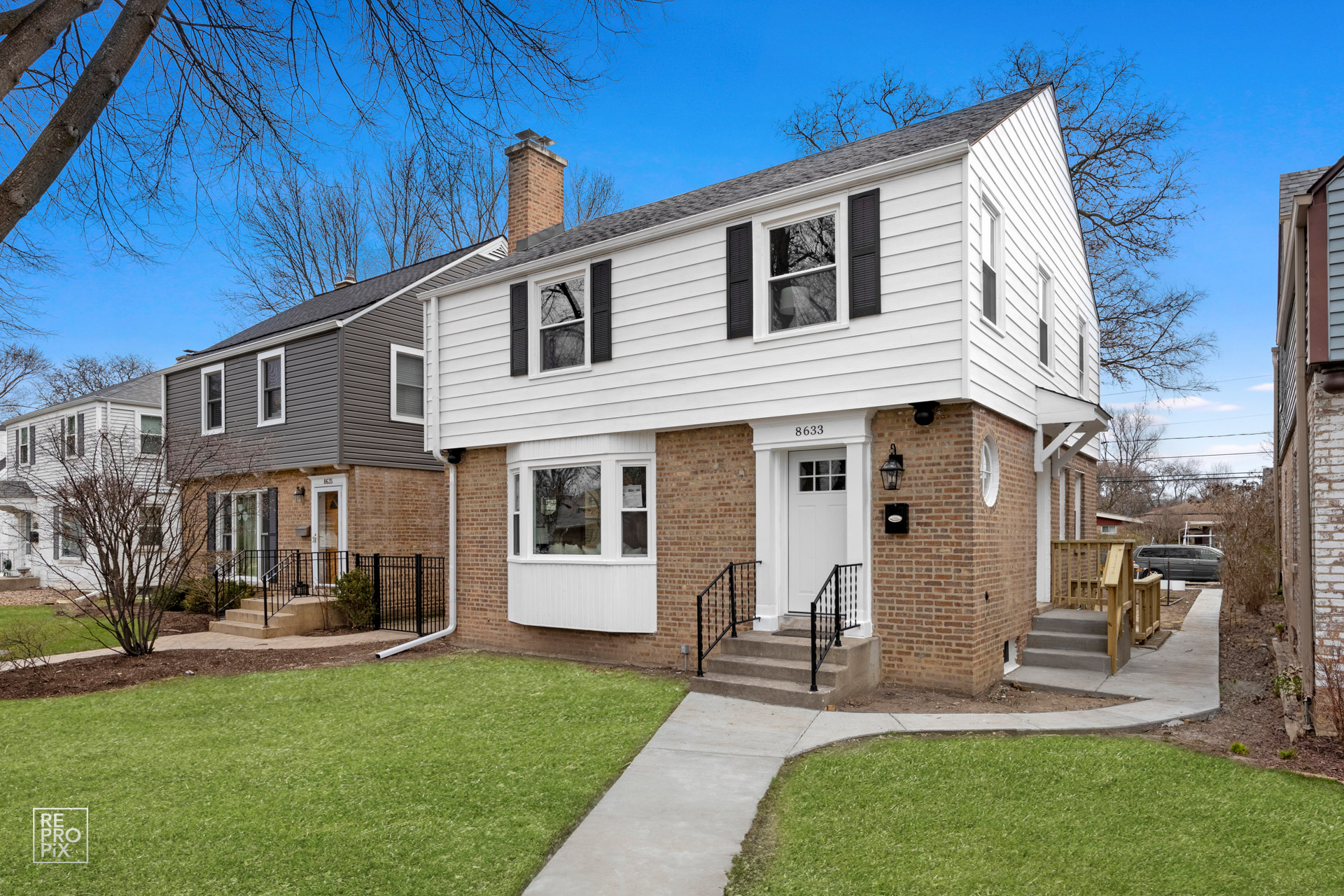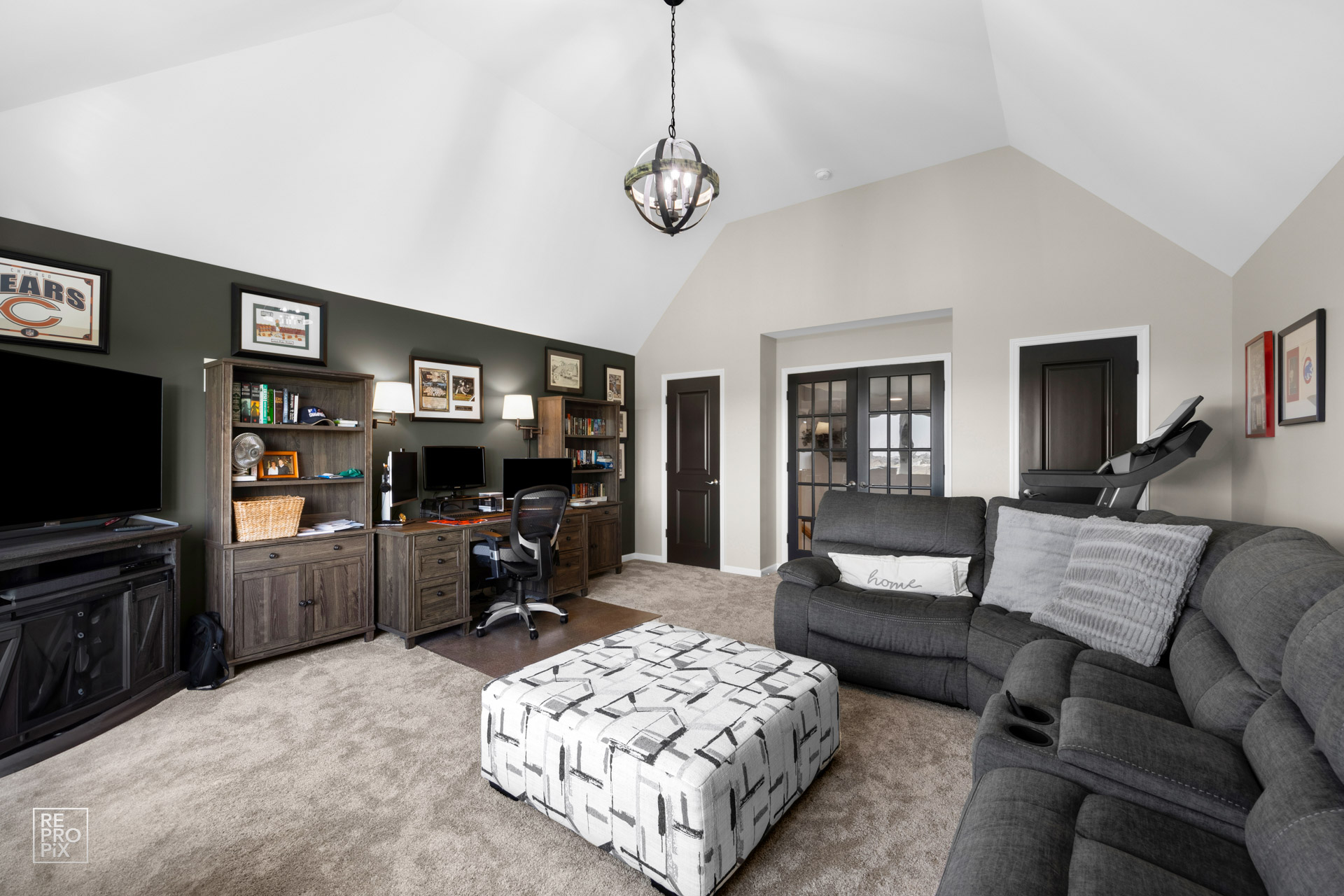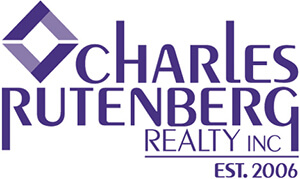Home | The Power of Virtual Staging in Real Estate Photography
The Power of Virtual Staging in Real Estate Photography
By Repropix Editor
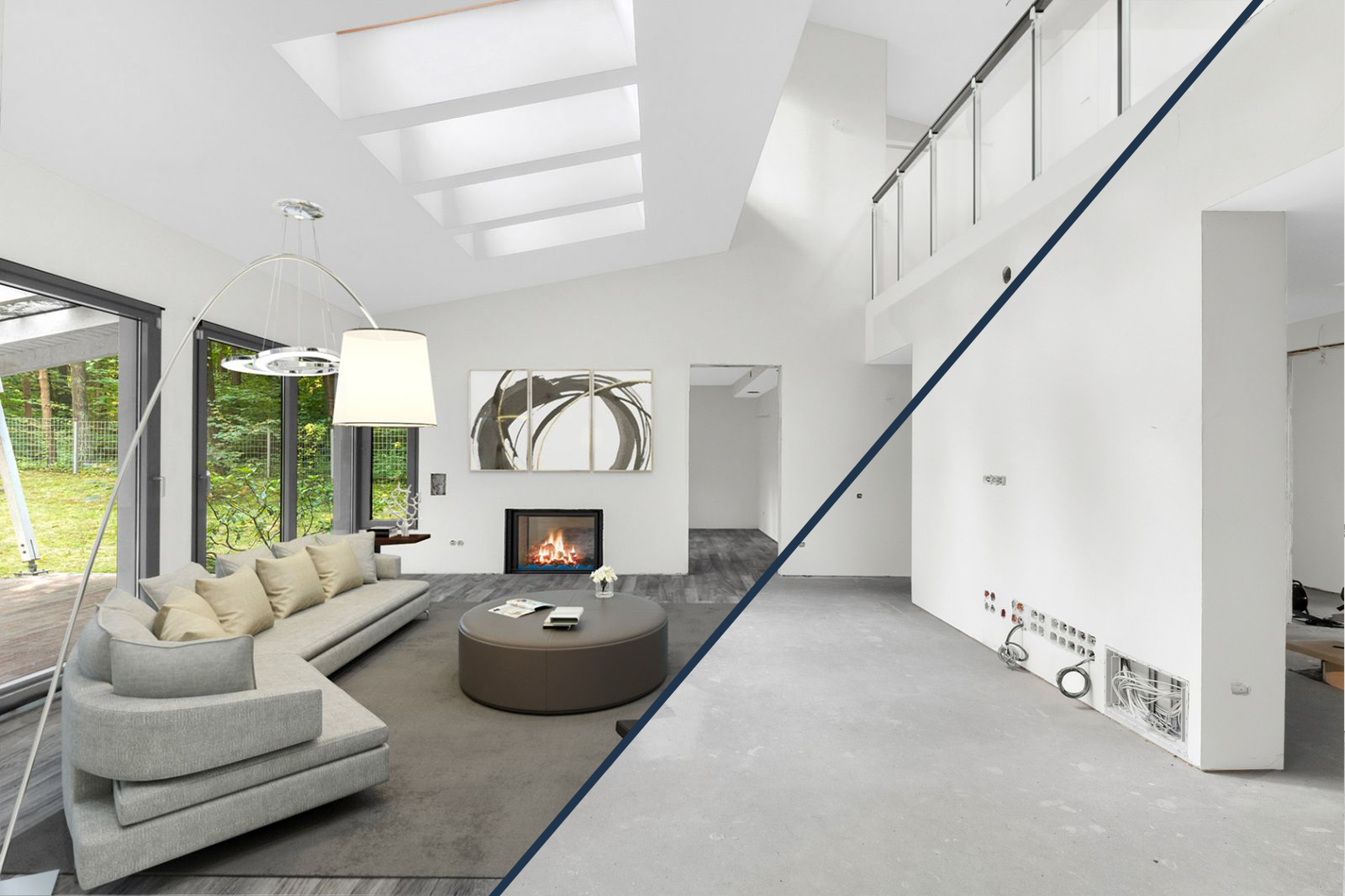

The Power of Virtual Staging in Real Estate Photography
By Repropix Editor
From Ordinary to Extraordinary: The Power of Virtual Staging in Real Estate Photography.
In today’s competitive real estate market, the importance of effective presentation cannot be overstated. With potential buyers scrolling through countless property listings online, grabbing their attention within seconds is crucial. This is where the power of virtual staging comes into play, transforming ordinary real estate photography into extraordinary visual experiences. As a professional real estate photographer, harnessing the potential of virtual staging can elevate your services and help your clients showcase their properties in the best light. In this blog post, we’ll delve into the world of virtual staging, exploring its benefits, techniques, and impact on the real estate industry. Moreover, we will find out The Power of Virtual Staging in Real Estate Photography.
Understanding Virtual Staging.
First of all, virtual staging is a technology-driven technique that involves enhancing property photographs through digital manipulation. Unlike traditional staging, where physical furniture and decor are added to a space, virtual staging employs sophisticated software to insert computer-generated furnishings, artwork, and other decorative elements into photographs.
This process is highly versatile, allowing photographers to tailor the staging to the property’s unique features and target audience.
Benefits of Virtual Staging in Real Estate Photography.
Secondly, let’s talk about the benefits.
Cost-Effectiveness.
Traditional staging can be expensive and time-consuming, involving rental fees, transportation, and labor costs. Virtual staging eliminates these expenses while delivering comparable visual impact.
Another benefit – Faster Turnaround.
Virtual staging significantly reduces the time required to prepare a property for listing. This is especially advantageous in the fast-paced real estate market, where timing can make or break a sale.
Design Flexibility.
Additionally, virtual staging allows for endless design possibilities. Photographers can experiment with various furniture styles, color schemes, and layouts to find the perfect aesthetic for each property.
Appealing to a Wide Audience.
Moreover, with virtual staging, properties can be styled to appeal to different demographics. Whether targeting families, young professionals, or retirees, customized staging can create an emotional connection with potential buyers.
Visualizing Potential.
What is more, empty spaces can be difficult for buyers to envision as functional living areas. Virtual staging helps buyers visualize a property’s potential. This makes it easier for them to see themselves living in the space.
Showcasing Possibilities.
Furthermore, virtual staging is not limited by the current state of a property. If a space is in need of renovation or remodeling, virtual staging can depict how it could look after renovations. This inspires buyers with the possibilities.
Techniques for Effective Virtual Staging.
Realism is Key. Consistent Lighting. Furniture Placement. Matching Styles.
Realism is Key.
Firstly, striking a balance between creativity and realism is essential. While artistic flair is encouraged, the staged images should still accurately represent the property’s scale and proportions.
Consistent Lighting.
Secondly, to ensure the virtual elements seamlessly integrate with the original photograph, matching the lighting and shadows is crucial. This attention to detail prevents a jarring disconnect between the staged items and the actual space.
Furniture Placement.
What is more, understanding spatial relationships is fundamental. Placing virtual furniture in a way that optimizes traffic flow and highlights the property’s features can enhance its appeal.
Matching Styles.
Additionally, the virtual staging should align with the property’s architecture and target demographic. Choosing furnishings that match the property’s style creates a cohesive and inviting atmosphere.
Impact on the Real Estate Industry.
What is more…
- Virtual staging elevates property listings, making them stand out in a sea of competing listings. Eye-catching images grab buyers’ attention and encourage them to explore further.
- A well-staged property can command higher prices. Virtual staging can highlight the property’s potential, leading to increased perceived value and better returns for sellers.
- Engaging visuals leads to quicker decision-making. Buyers are more likely to make inquiries and schedule showings for properties that have been virtually staged.
- Virtual staging transcends geographical boundaries, enabling international buyers to visualize properties without physically visiting them. This expands the potential buyer pool for your clients.
- Real estate trends and interior design preferences change over time. Virtual staging allows photographers to adapt quickly, ensuring listings remain relevant and appealing.
The Power of Virtual Staging in Real Estate Photography.
In conclusion, incorporating virtual staging into your toolkit can be a game-changer. This technology-driven approach offers numerous benefits, from cost-effectiveness and design flexibility to increased marketability and quicker sales cycles.
By mastering the techniques of virtual staging and understanding its impact on the real estate industry, you can deliver extraordinary results that truly transform properties from ordinary to exceptional. Embrace the power of virtual staging, and watch your real estate photography business soar to new heights.world of possibilities.
